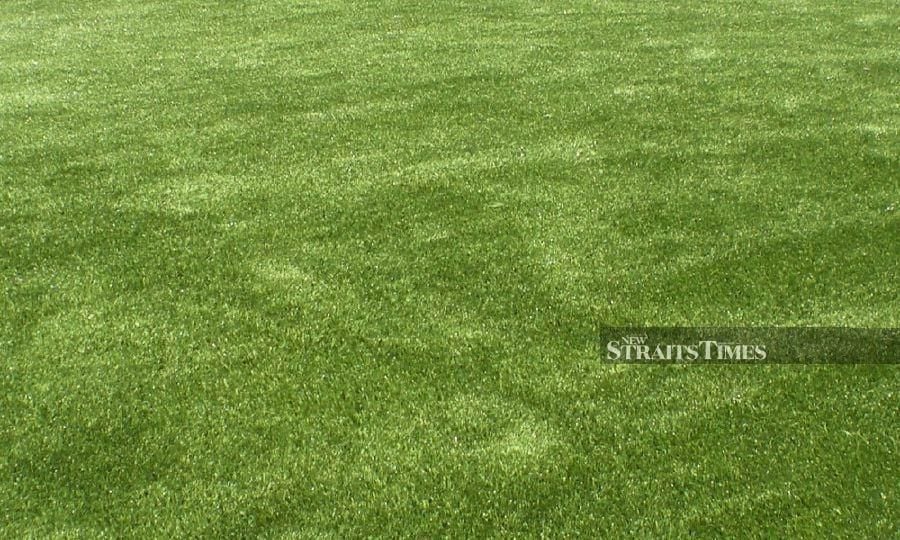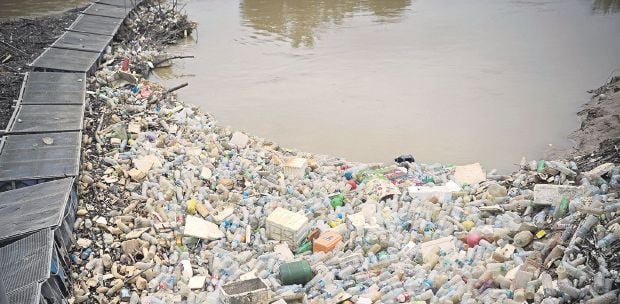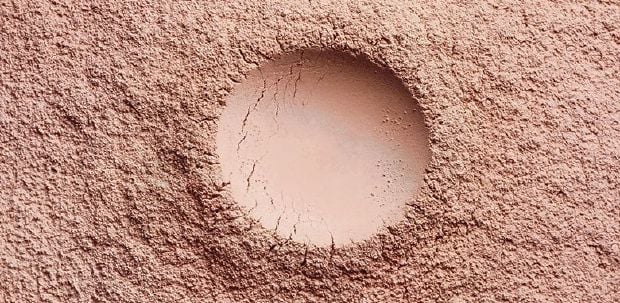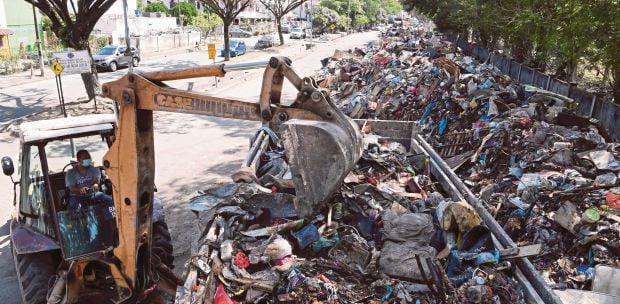LETTERS: The Consumers Association of Penang calls on the authorities to ban artificial grass as it is bad for the environment and can be harmful to health.
Plastic grass is a rapidly growing trend, with a US$2.4 billion global market. In Malaysia, it is commonly used in the compounds of homes, buildings and public recreational areas. But there is a lack of awareness of its risks.
Artificial grass contributes to flooding as it does not absorb water. It can destroy microorganisms in the soil under the grass, which harms the surrounding plants, thus hindering biodiversity.
Artificial lawns are made by bonding several types of plastics together and, therefore, are particularly difficult to recycle. It creates unnecessary use of plastic, which does not biodegrade, adding strain on the waste sector. And as it breaks down, it releases plastic particles into the environment, making it toxic to humans and wildlife.
The Royal Horticultural Society in the United Kingdom recently banned artificial grass from its world-famous flower shows for environmental reasons. The UK government is now being urged to introduce an "Ecological Damage Tax" on the import, sale and installation of artificial lawns and grass to address the problem.
Plastic grass also radiates heat. The Adelaide City Council banned the use of artificial turf on verges in 2019 due to urban heating and landfill concerns. According to the council's report, the surface temperature of artificial turf is higher than other surfaces, including asphalt, and significantly higher than natural turf.
Fake grass has also come under scrutiny as a potential source of cancer-causing toxins.
Artificial grass carpet and turf is made up of three major parts: the plastic blades, a backing material that holds the individual blades of the artificial grass and an infill (tiny black crumbs that helps support the blades).
The blades of artificial grass are made from polyethylene (the same material used to make bottles and plastic bags). Polyethylene in solid form is melted and mixed with colours and other chemicals to make it durable and UV resistant. Alternatively, the grass blades are made of thin nylon sheets that are extruded via moulds to produce fine fibres.
The infill contains particles, called butadiene rubber, or "crumb rubber", made from synthetic fibres and scrap tyres. It raises dust over fields and has a tyre smell. The materials in the infill can contain benzene, carbon black and lead, all linked to cancer.
A 2019 Yale study found 306 chemicals in crumb rubber, 52 of which were classified as carcinogens by the United States Environmental Protection Agency.
In 2019, Washington officially revealed that 17 playgrounds in the state had dangerously high levels of lead. That same year, the Ecology Centre in the US tested crumb rubber found on broken rubber surfaces of several playgrounds there and found dangerously high levels of lead in some pieces.
In 2007, the California Office of Environmental Health Assessment simulated interactions children can have after coming into direct contact with artificial turf. They found five chemicals, including four polycyclic aromatic hydrocarbons, in the samples tested. One compound, chrysene (a known carcinogen) was present at levels higher than the standard set by the office.
In 2017, 37 out of 51 artificial turf fields in Washington failed safety tests due to hardness scores above 165.
It has been calculated that 50 per cent of rainfall runs straight off some types of artificial lawns (while real grass absorbs nearly every drop). This can lead to overflowing drains and flooding.
Plastic grass can get dangerously hot in the sun as it absorbs heat and can even cause friction burns to children playing on it.
A Loughborough University study found its artificial sports pitch often reached 65°C when the air temperature hit 25°C — almost hot enough to fry an egg.
Plastic turf blocks the soil beneath for burrowing insects (such as solitary bees and worms), which are then starved for food. Fossil fuels, such as cured oil and coal, are also used in the production of fake grass, which is detrimental to both the environment and wildlife.
It is made by bonding several types of plastics together, making it difficult to recycle and more likely to end up in landfills. Recycling requires the materials to be separated and pure.
Real grass is 100 per cent natural, so it is perfectly safe for children and animals.
It helps manage pollution. A 50 by 50 feet lawn releases enough oxygen for a family of four, while trapping harmful gases produced by pollution.
It eases flooding. Living grass absorbs rain. and its soil acts as a sponge, slowing down the flow of water into drains during heavy downpours.
It absorbs noise. Paving materials tend to bounce sounds off their surfaces; real grass muffles sound.
Real grass counteracts climate change. It soaks up moisture, absorbs carbon dioxide, produces oxygen, cools the air, is home for insects, feeds birds, and is self-sustaining.
Natural grass and flowers are part of a renewable cycle, so cuttings can be used to make compost, adding nutrients back into the soil. And it gives you more pleasure than looking out at a sheet of slowly degrading plastic.
Our environment is already increasingly being plastered with concrete, asphalt, bricks and mortar, giving us less green space for healthy living, let's not replace living grass with toxic plastic.
Mohideen Abdul Kader
President
Consumers Association of Penang
The views expressed in this article are the author's own and do not necessarily reflect those of the New Straits Times





